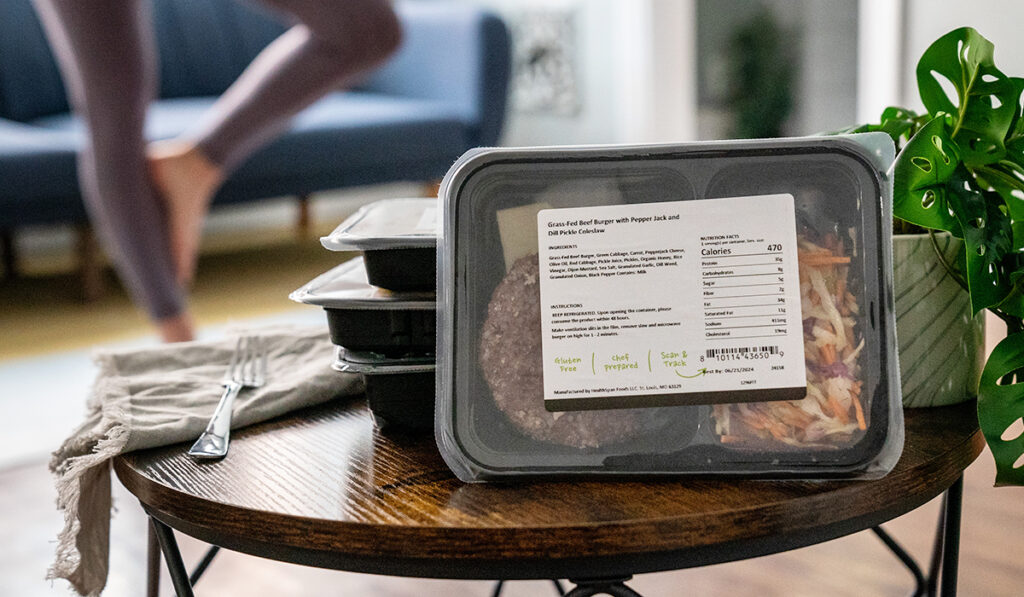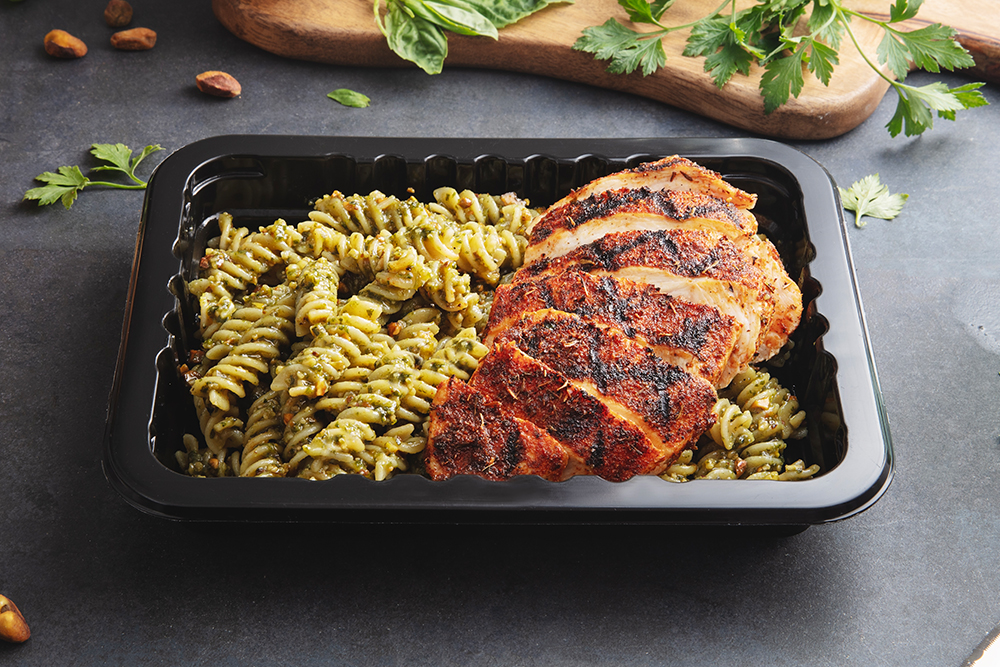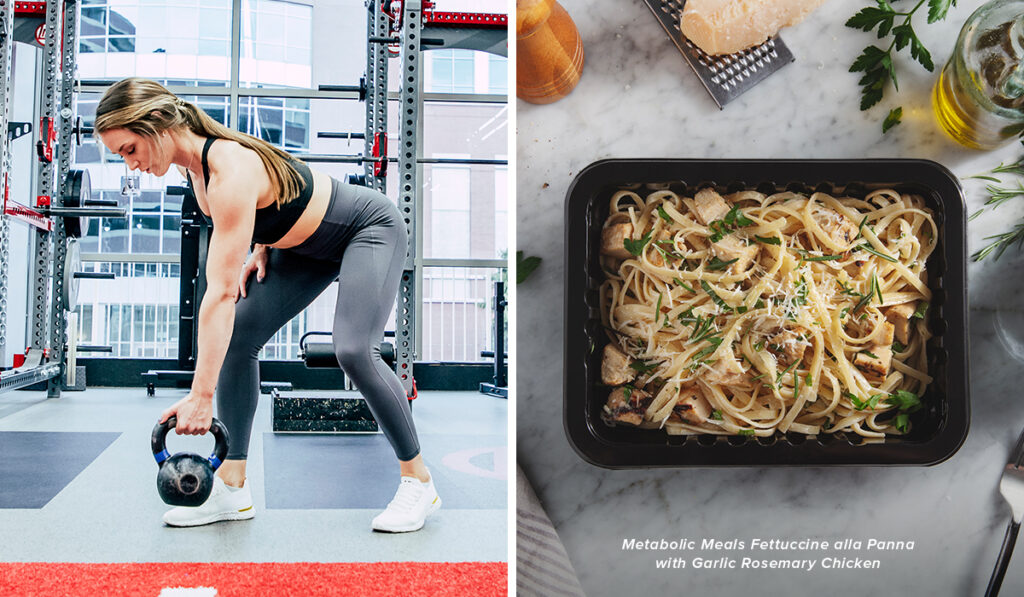
The busy days of late summer and early fall have a way of exposing all the cracks in our hectic lifestyles. If you’ve been barely getting by in your workouts or nutrition through the summer, this is the time when self-care can take a backseat, obligations start driving the car, and you end up wondering why you feel tired and overwhelmed.
How do you tilt the balance in your favor? By focusing on big-payoff, low-demand techniques in your nutrition and training. Here’s your back-to-school roadmap.
Nutrition: Have a plan before you have a problem.
“Meal planning” may bring to mind epic, exhausting meal prep sessions and tupperware containers of unseasoned chicken, but it doesn’t have to be that way. Planning can also mean a balanced approach of purchasing some meals, prepping others, and still having space for a special meal out or some perfectly ripe fruit at the farmer’s market. Here are two approaches to keep in mind during fall.
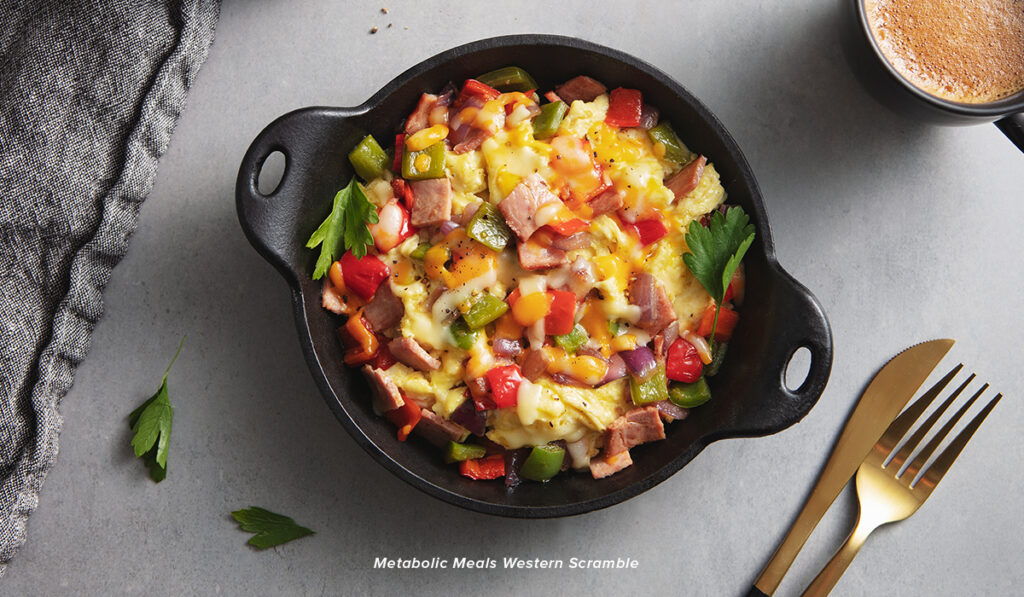
Think beyond lunch: Lunch is the meal most people think about first when they’re considering purchased meals – possibly because it’s also the meal Americans are most likely to order in a restaurant otherwise.
But fall is a great time to lean into meals that you may not have considered before, like breakfast. Yes, despite what the fasting crowd tells you, breakfast is cool again! A number of studies, including one that tracked 24,000 people over 2 years, have found that those who eat breakfast tend to eat better overall, stay more active, and even manage stress more effectively. It’s the meal that keeps paying off the most throughout the day.
Check out this week’s menu. MyMetabolicMeals.com
Especially if the alternative is either not eating or slamming down an ultra-processed pastry or fast food option, you’ll likely notice the impact of a high-protein, high-nutrient breakfast in your energy levels and mental focus more than any other meal.
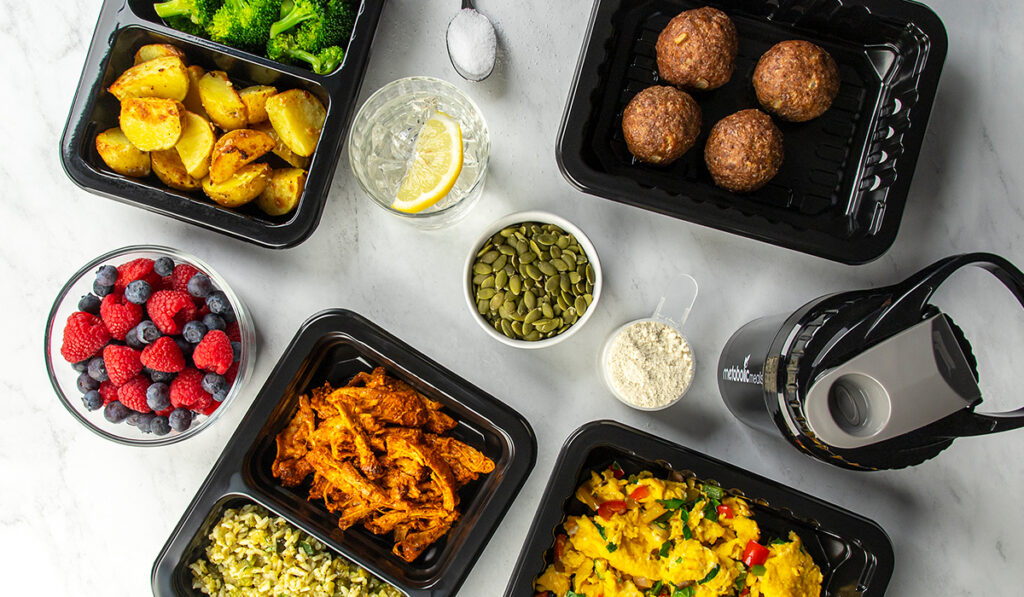
Embrace Balance: The busiest time of the year isn’t when you want to start experimenting with extreme or restrictive diets. If your nutritional approach is low in a fundamental macro or micronutrient, a busy lifestyle will let you know it – and leave you feeling under fueled.
This is the time when covering the basics is most important. That means:
Prioritize 25-30g high quality animal protein per meal
Aim for less than 100g carbs a day, backloading them towards the end of the day or around your workouts
Go for whole foods and fruits & vegetables over processed
Don’t forget: Late summer and early fall are when the greatest number of fruits are in season. Fruit, plus nuts or a solid serving of protein, remains the greatest snack combo there is.
Strength Training: Find your schedule.
It’s understandable to cut back exercise to just “the essentials” when time is tight. But an increasing amount of research is showing that strength training should be considered one of those essentials – for pretty much every facet of your overall health.
To name just a few highlights: strength training reduces mortality from all causes, including cancers and heart disease; it’s as effective as aerobic training in helping prevent obesity; it helps prevent injuries. It can even significantly improve anxiety symptoms and mental health.
Oh, and another great thing about this new fountain of youth? You don’t need to put in a lot of minutes to get a big payoff. Consider these schedules to plug into your planner this fall.
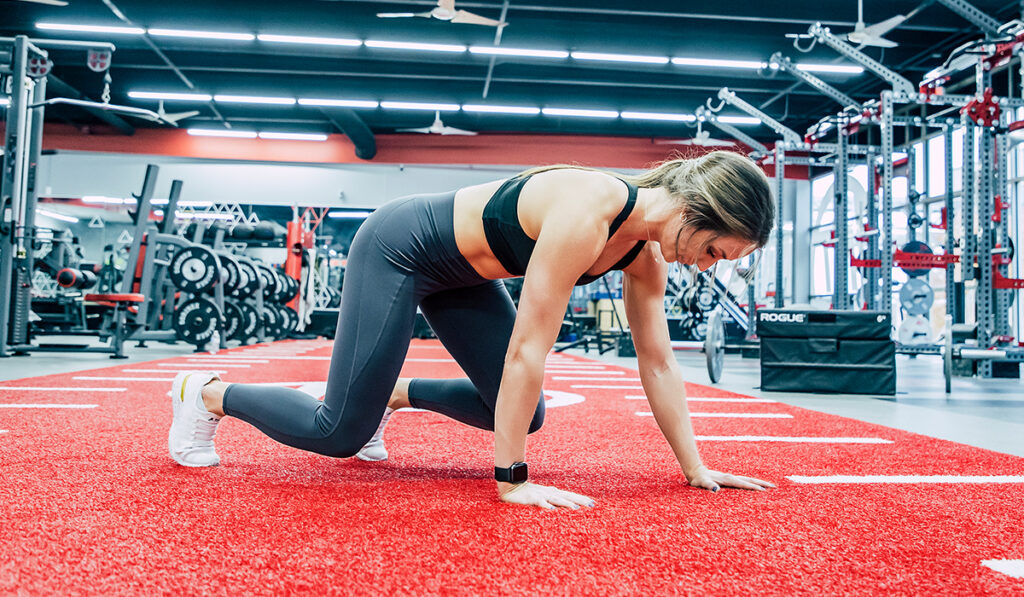
Option 1: Full-Body Workouts, 2-3x / Week
Pros:
Every muscle gets a consistent stimulus
Can improve conditioning & help you stay lean
Don’t have to remember what “day” it is
Cons:
Workouts can get long
Can be repetitive without lots of workouts to choose from
Fatigue can take over later in workout
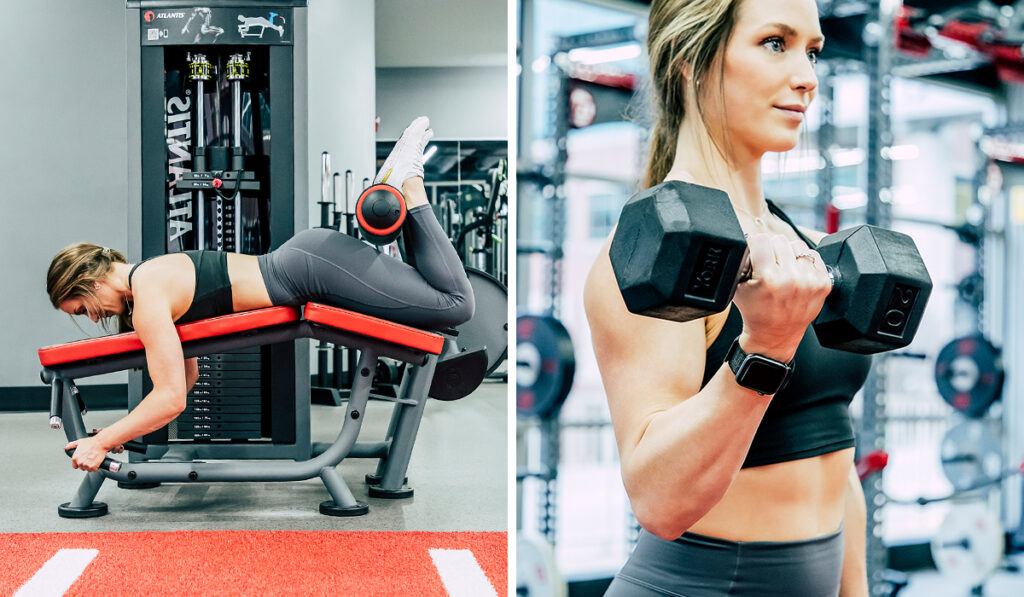
Option 2: Alternate Upper Body / Lower Body Workouts
Pros:
Quick workouts that are easier to “sneak in”
Workouts are less fatiguing than full-body
Great for muscle-growth
Cons:
Have to keep track of more workouts
Doesn’t challenge muscles as often
Want to get the advantages of both? You absolutely can! Train upper body early in the week, lower body a couple of days later, and start the weekend right with a full-body workout on Friday or Saturday.
Cardio: Mostly enjoy it. Occasionally dread it.
The United States government recommendation for aerobic exercise of 150 minutes per week has been around for decades, for a good reason: It works! Elevate your heart rate moderately for around 30-40 minutes around 4-5 times week, and you’ll build a stronger, healthier heart and your doctor will love you.
So what’s the downside? That’s a lot of minutes to spend whirring on an elliptical or walking up a staircase to nowhere. Some people are up for it. Plenty of us would rather do anything else – or we simply have too much else to do!
If you’re in the second camp, that’s OK! You can get nearly all of the same benefits by filling your life with activities that you enjoy. A few options include:
Taking brisk walks or hikes on a near-daily basis (especially with friends).
Playing sports, or playing with kids or pets.
Biking instead of driving.
Parking far away, carrying groceries, cleaning your own house.

Don’t discount the effectiveness of those last ones! That’s called NEAT, or non-exercise activity thermogenesis, and it’s been shown in research to be equally or more effective than exercise at burning calories and limiting the risk of obesity.
So what about intervals, HIIT, tabata workouts, all the other super-high-intensity workouts that seem to promise big payoff for just a few minutes of work?
They can have a place in a well-rounded training program. But pushing physical and mental limits for round after round… with minimum rest in between… is seriously tough. Like “keep a bucket nearby” tough. And if you think you’re up to the challenge of doing it multiple times a week for months straight, you might be setting yourself up for disappointment.
Instead of setting that goal and failing at it, here are two ways to get the benefits of HIIT when you really need it.
Option 1: Replace one strength or cardio workout per week with intervals to help you stay conditioned and ready for anything
Option 2: Stick to moderate lifting & cardio most of the time, but switch to intervals for occasional 4-6 week cycles
To Recap:
By not losing site of your nutrition and getting creative by squeezing in strength training and cardio, you can navigate the busy fall season without sacrificing your health. Remember, the key is to focus on strategies that provide the maximum benefit with the least amount of stress, allowing you to stay on track even during the busiest times.
